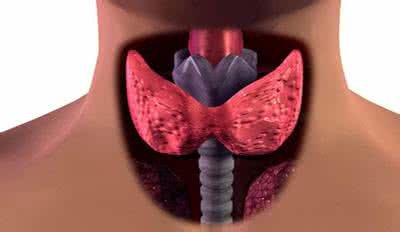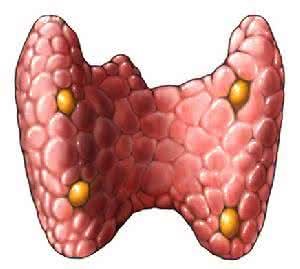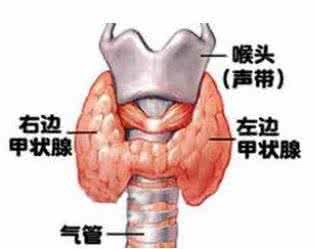Symptoms of thyroid myoma
summary
Thyroid tumor is a common tumor in head and neck, which is more common in women. The symptoms were mass in the middle of the neck, hoarseness, dysphagia and dyspnea. There are many kinds of thyroid tumors, including benign and malignant. Generally speaking, a single tumor with fast growth is more likely to be malignant. The younger the age, the more likely the thyroid tumor is to be malignant. Because of the obvious symptoms, patients are generally able to see a doctor in time. Symptoms of thyroid myoma? Let's talk about it
Symptoms of thyroid myoma
In addition to functional autonomous thyroid tumor, most benign thyroid tumors are solitary thyroid nodules, and a few are multiple nodules. The course of disease is slow, and there are no conscious symptoms in clinic. Most of them are found in months to years or even longer. Because of slight discomfort or the mass is larger than 1cm or even without any symptoms, the neck mass is found by B-ultrasound during routine physical examination.

Most of them are single, round or oval, with smooth surface, clear boundary, solid texture, no adhesion with surrounding tissues, no tenderness, and can move up and down with swallowing. The tumor is usually several centimetres in diameter, and rarely seen in large cases. Giant tumor can produce the phenomenon of compression of adjacent organs, but does not invade these organs, such as compression of the trachea, causing organ displacement. There are a few cases of sudden enlargement of tumor with local pain due to intratumoral hemorrhage.

It is more common in women. Patients often have a long-term history of thyroid nodules. In the early stage, most patients have no symptoms or only mild palpitation, emaciation and fatigue. With the development of the disease, patients have different degrees of thyroid poisoning symptoms, most patients have hyperthyroidism symptoms, and individual hyperthyroidism crisis.

matters needing attention
Thyroid diseases, especially thyroid cancer, are on the rise, which should be paid more attention to. Thyroid surgery is prone to hoarseness, hypocalcemia and other surgical complications. The scope of surgical resection should be judged according to the patient's condition and medical and technical conditions. It should conform to the principle of tumor resection. At the same time, it should try its best to preserve nerve function and improve the quality of life of patients. To improve the surgical skills and strengthen the comprehensive treatment is the direction of improving the curative effect. For those with scar constitution and special cosmetic requirements, endoscopic thyroidectomy without scar is also feasible.















